March 20, 2018 – If you’ve ever been to Opatija, you might have noticed a little pink flower on the road sign welcoming you to Opatija Riviera. A look to the charming camellias thriving in Opatija’s gardens
In 1848, French author and playwright Alexandre Dumas, fils published La Dame aux camélias – the Lady of the Camellias, his best known romantic novel that Giuseppe Verdi later adapted into his famous opera La traviata.
A couple of years prior to Dumas’s novel seeing the light of day, another Lady of the Camellias first came into bloom: Opatija, the charming town on Kvarner, made its first tiny steps in what would later become impressive, rapid development of tourism. In 1844, Opatija got its first accommodation facility. A patrician from Rijeka named Iginio Scarpa bought an estate in the centre of town, including a humble little house he decided to expand and reconstruct into a luxurious villa, naming it after his late wife Angiolina.
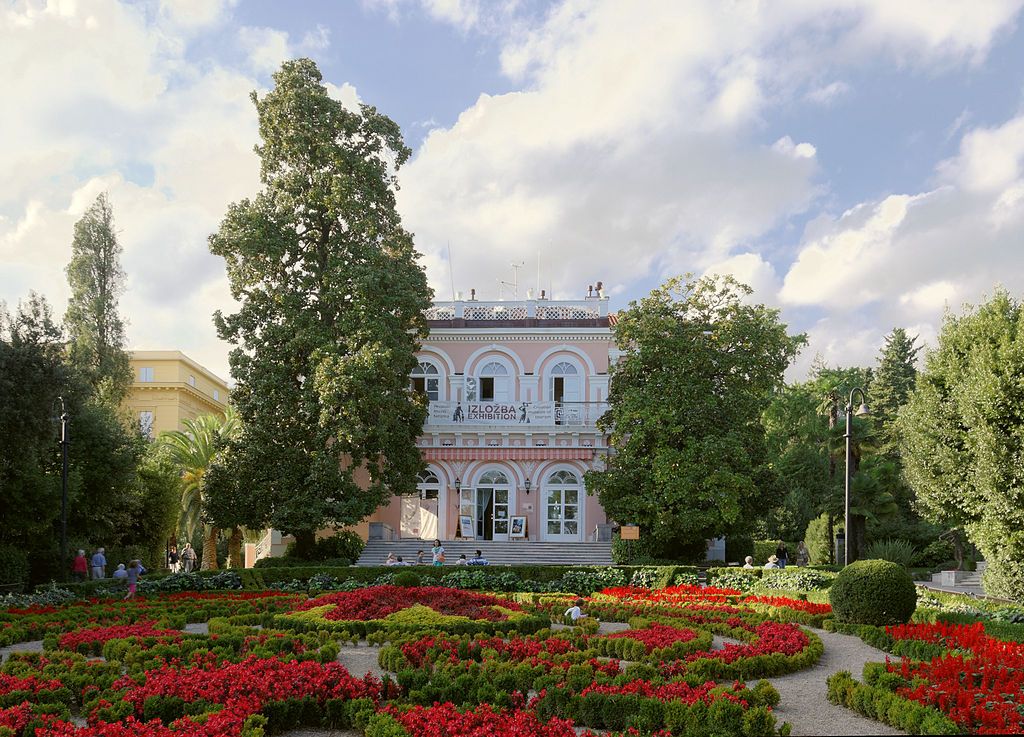
Villa Angiolina was quick to become an iconic landmark, an estate so beloved, it’s hard not to refer to her as an entity instead of an object – she is, after all, one of Opatija’s most famous residents. Soon after the reconstruction was completed, the villa opened her doors to her first visitors. Of course, we’re not talking about actual tourism at that point in time, but guests that were either friends of the family or otherwise distinguished members of the 19th-century social elite. Austrian empress Maria Anna stayed in the villa in Opatija; so did Croatian ban Josip Jelačić.
The appeal of Villa Angolina spans beyond her charming, light pink facade. The entire estate is a marvel of landscape design and protected as a horticultural monument: the villa is nestled in a park of the same name, a park that is home to 150 plant species brought from all over the world. You’ll find typical Mediterranean flora, but the garden also houses some exotic residents originating from Japan, China, South America, and Australia.
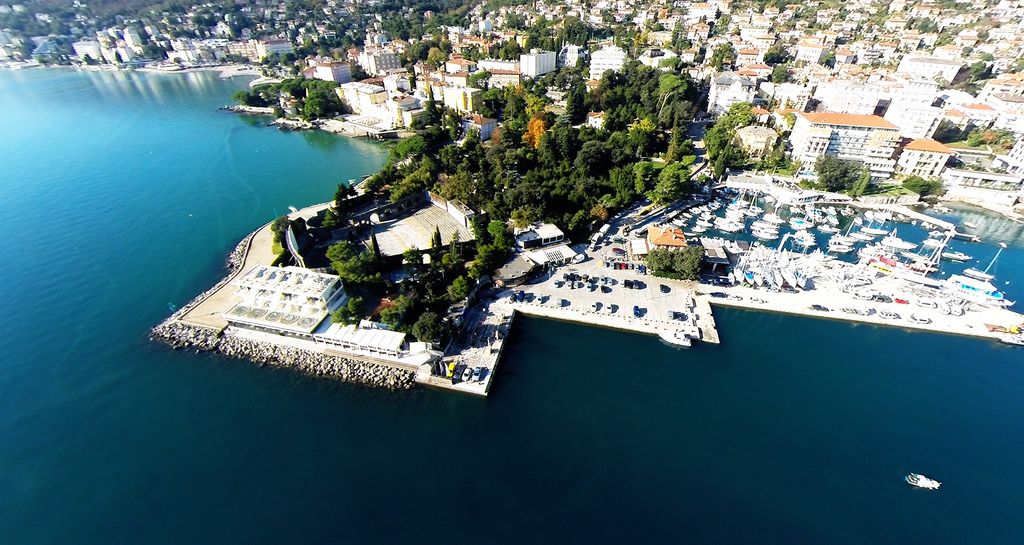
Angiolina Park from above / Yacht Rent
In a way, it was Japan that provided Opatija with its iconic symbol: the first Japanese Camellia made its way to the Angiolina Park in the late 19th century. Trying to track down the exact origin of the first camellia on Kvarner isn’t exactly an easy feat; some sources say Iginio Scarpa brought the flower to Opatija as a present to his wife in 1894, which is a bit hard to believe considering that he built the villa as a tribute to his late wife half a century earlier. Second wife? Scarpa Jr? It’s hard to tell. You’ll also find a mention of the German king sending a camellia to Opatija as a present from Dresden.
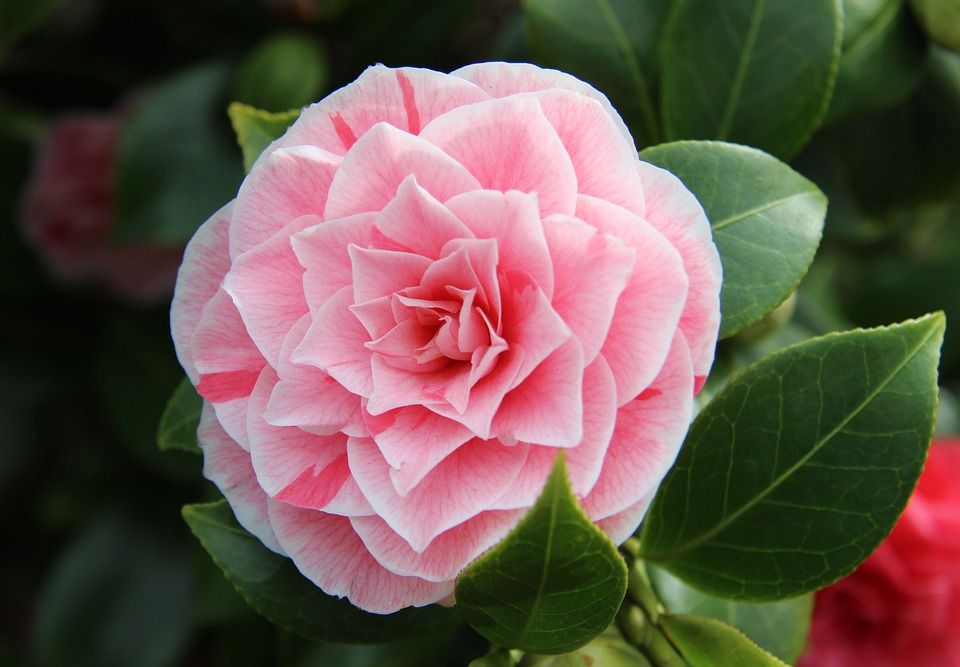
The facts may be murky, but one thing is certain: camellia took to its new home more than well, blossoming in the favourable mild climate of the northern Adriatic, in a town sheltered from strong winds, bathed in warm sun glow, but also provided with enough precipitation to allow the lush vegetation to thrive.
If we look at symbolism, camellia is a multi-faceted incarnation of various notions and emotions. In Japan, this lovely flower represents the divine and the coming of spring; in China, it symbolises young sons and daughters, and over in Korea, it’s used as a symbol of faithfulness and longevity. In western cultures, it’s mostly used to convey affection or admiration – in Victorian England, the camellia bloom was used to send a message you thought someone adorable.
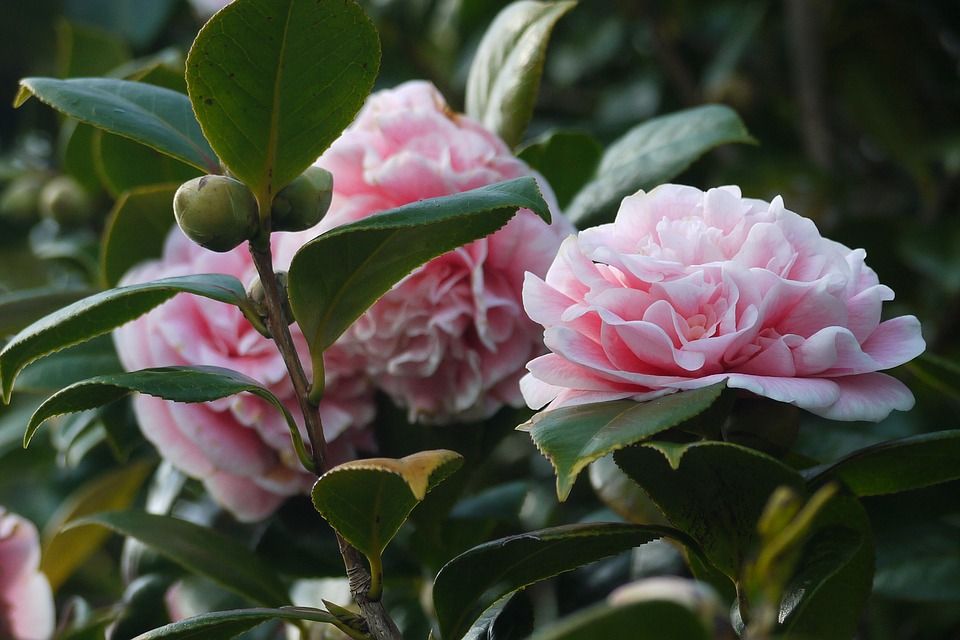
When we look to Opatija and its noble guests which used to gather in luxurious villas and first hotels, it’s safe to say camellias were seen as related to nobility. With the dawn of socialism and prominent labour movements, representing a certain destination with a symbol of social prestige wouldn’t have been a smart move, which is why our camellia left the public eye for a while. As you may recall, carnations were a more popular choice at that point in time.
But times change, so Opatija’s camellias got another shot at fame. In 2008, the Association of Camellia Lovers ‘Iginio Scarpa’ was founded in Opatija, backing the local authorities’ plan to re-adopt the flower as a symbol of the town. One of their primary goals was to use the immense potential of the Opatija camellia as part of tourism promotion.
The association has since acquired a collection counting 112 camellia species, organised multiple successful camellia exhibitions and launched a tourist manifestation titled The Most Beautiful Camellias of the Opatija Riviera. In fact, the town is currently getting ready for the 10th exhibition of Opatija’s iconic flowers, which traditionally involves a contest for the most beautiful bloom and most beautiful camellia shrub.
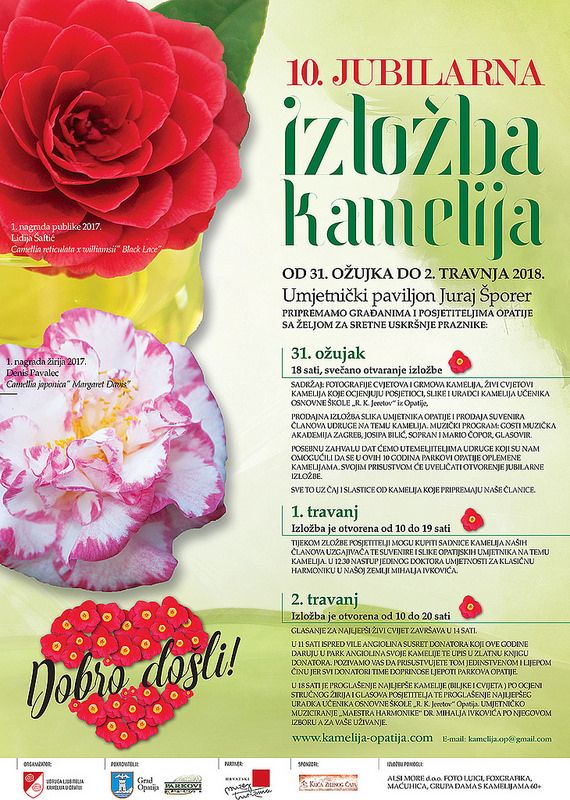
This makes for a perfect opportunity to admire these lovely little floral wonders: if the road takes you to Opatija during Easter holidays, keep in mind the exhibition is opening on March 31 at the Art Pavilion Juraj Šporer. You only have a couple of days to go take a look, as the winning camellias will be announced on April 2 at 6pm.
Want to know more about Opatija? Here are 25 facts about the Old Dame of Kvarner.







